You don’t know what you have until it’s gone, so goes the old saying. But what if you never even had it? That’s exactly the case with the Suzuki Jimny (formerly dubbed the Samurai), a car with a rich history spanning over five decades. I’m talking about the current version, a retro-boxy, five-door model that first debuted in 2023, that sadly never made its way Stateside.
But here in India, we've been a bit luckier. While the fourth-generation Jimny was originally introduced in Japan in 2018 as a three-door, it eventually made its way to the subcontinent as a five-door variant in 2023.
And when it did, it grabbed a lot of attention in the adventure community. Compact enough to navigate city traffic, while sporting fully-functional 4-wheel drive capabilities, and being lightweight and easy on the pocket to maintain. Sounded really good on paper.
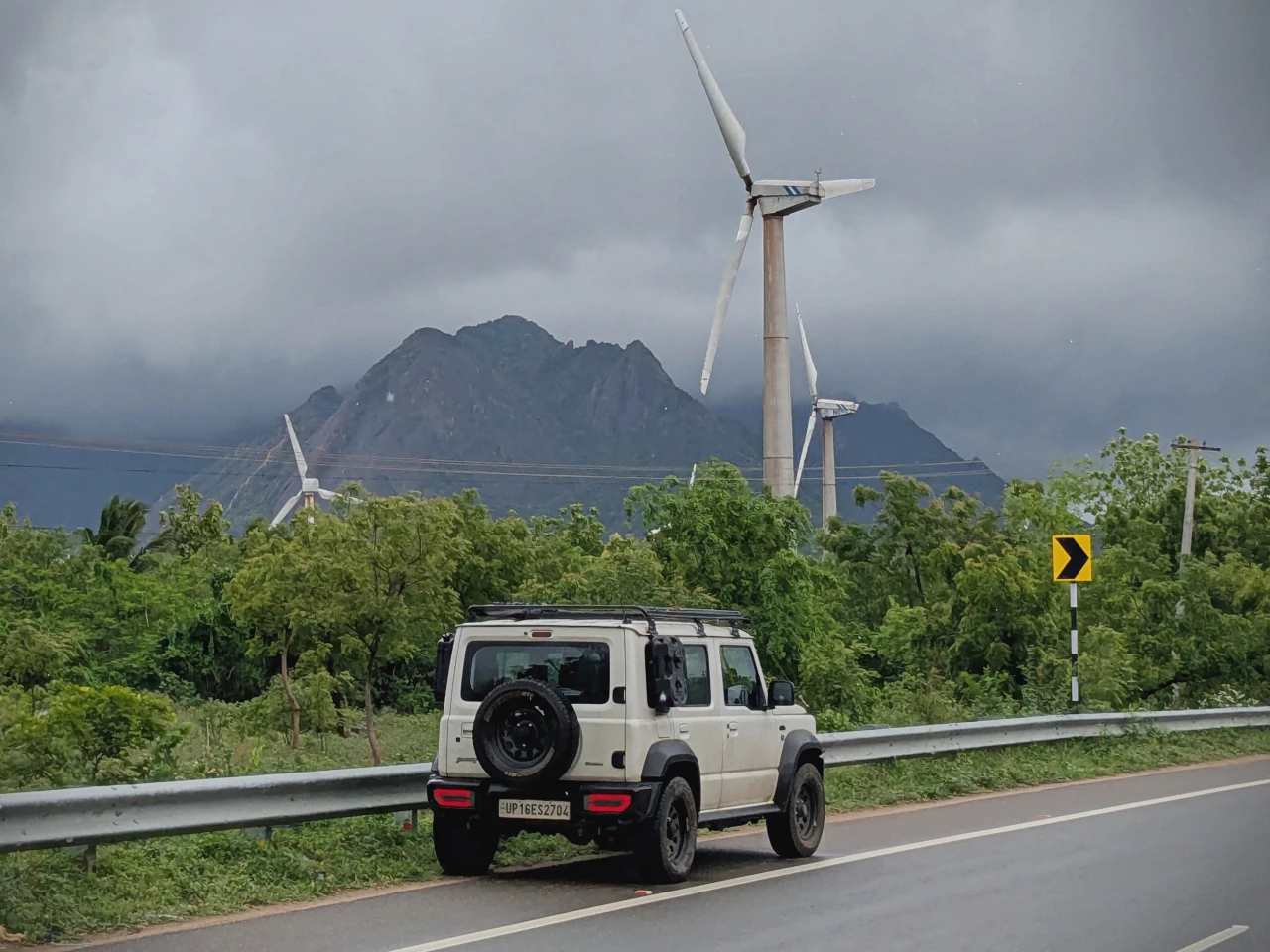
The Premise
For people who jump at the opportunity to head out on small excursions, the Jimny made perfect sense. Take me, for instance. I’ve owned the Royal Enfield Himalayan for more than five years now. Though a bit heavy, the bike’s a proper tractor – it goes over virtually anything and chugs along perfectly all day long without complaint. You can even load pounds of luggage on it and it'll scale mountains like a goat.
So, at the end of last year, I picked up a Jimny. A few months into ownership, my wife and I decided to take it on an overlanding trip. After years of motorcycle travel, being inside a 4WD car felt like luxury.
The Modifications
But before we took on our little expedition, I made a few modifications to the car. Tires were first. I upgraded from the skinny, road-biased 195/80 R15s to wider, mud+snow 225/70 R15s to enhance grip, stability, and off-road performance. I also installed a tire pressure monitoring system, which is oddly missing from the factory.
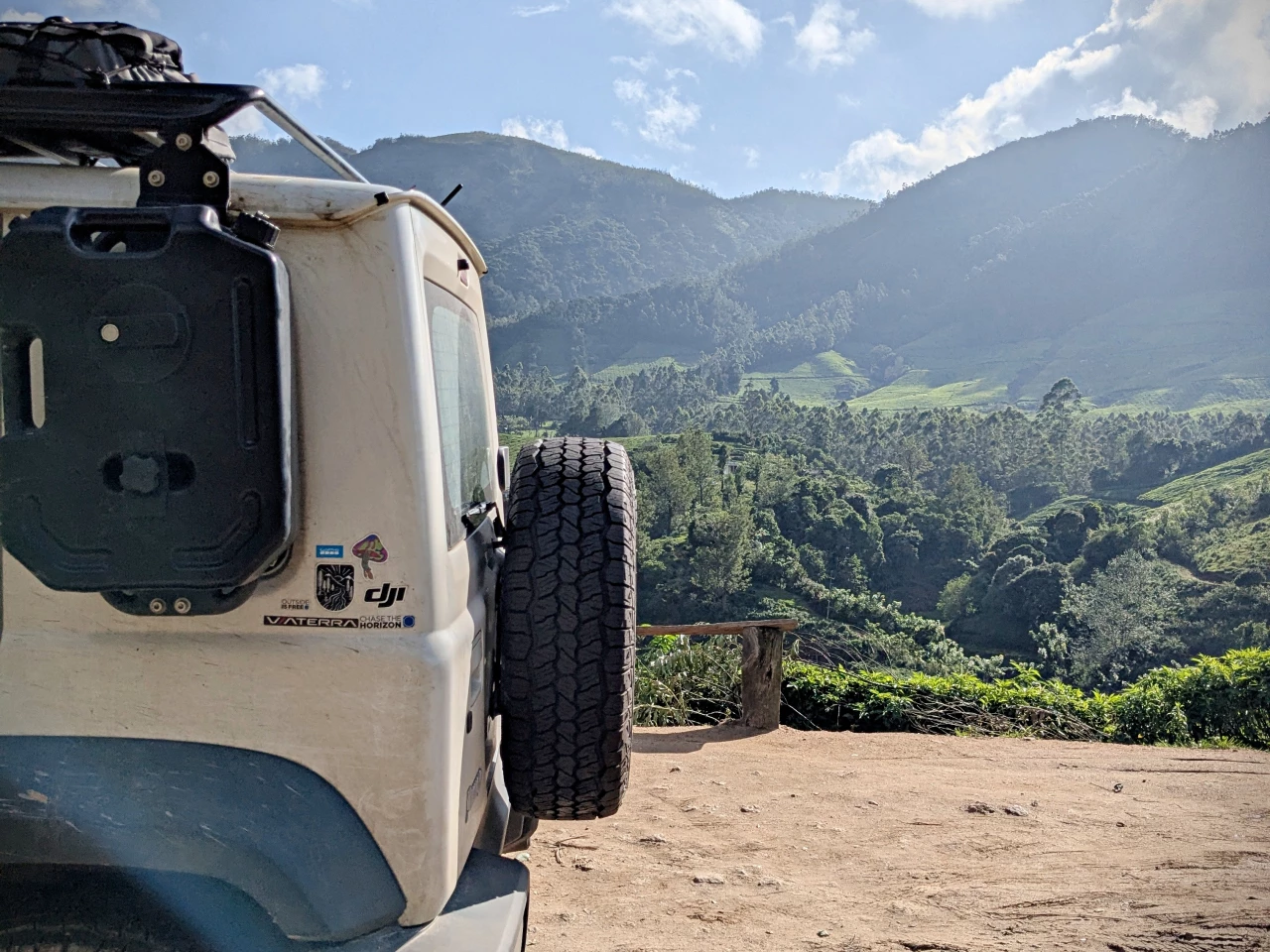
Storage came next. While the 55-gallon (208-litre) boot holds two medium suitcases, I needed more room for camping gear. I added a lightweight roof rack and clever storage panels in the boot to strap in bags and loose gear.
Adding to the functional mods were a pair of Bushranger Variable Light Intensity (VLI) auxiliary lights, a pair of limb risers, and a jerry can setup fixed to the quarter glass on either side to carry some additional fuel – a much-needed add-on when you’re going long distances, considering the Jimny comes with a surprisingly small 10.5-gal (40-L) fuel tank.
I made a few aesthetic mods too – replacing the fugly chrome front grille with an ABS tactical-style grille, upgrading to LED tail lights, and adding smoked LED indicators in place of the standard halogens.
The Experience
With everything set up, my wife and I embarked on an overlanding journey south from Delhi, crossing varied terrains – from hot plains and wet grasslands to high mountains – eventually reaching the southernmost tip of India. Nearly 5,000 miles (8,000 km) later, here’s my verdict.
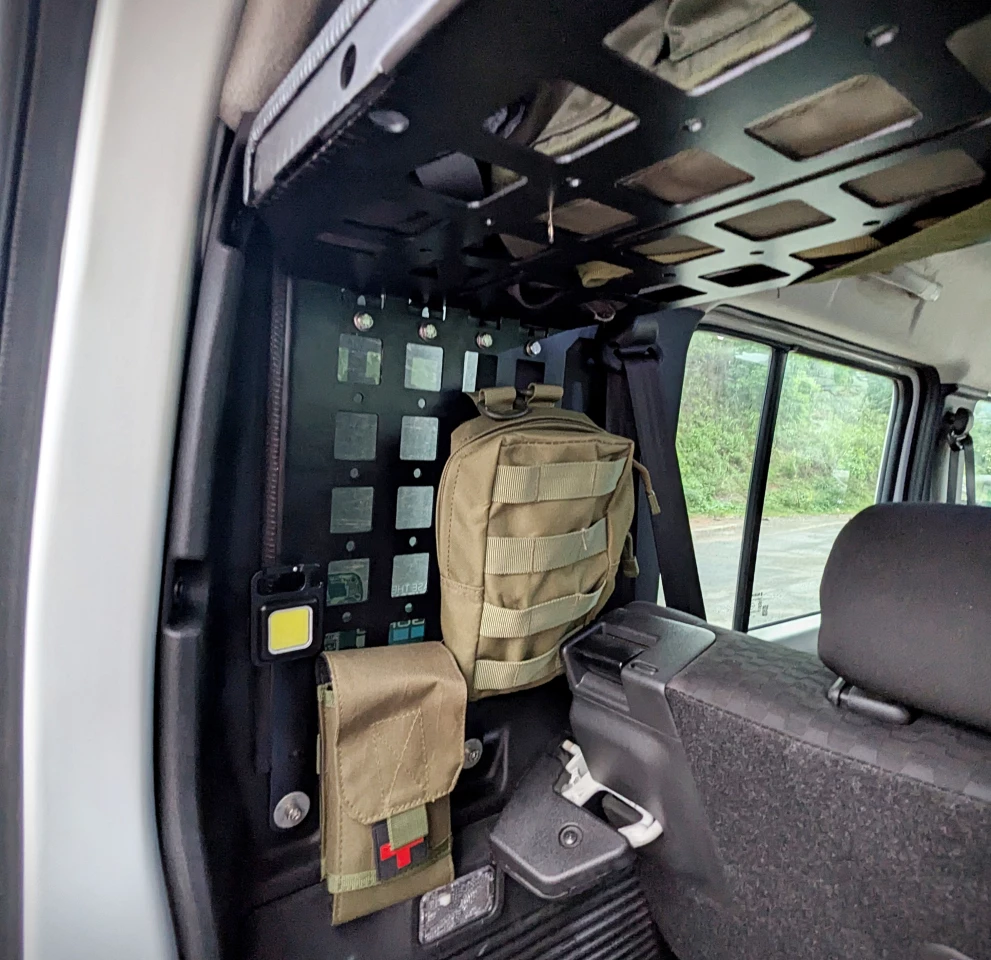
From the get-go, Suzuki has produced a brilliant little car for a family of two, maybe three. But any more than that and you’re likely making compromises. Cabin space is fine for two adults and two kids, but it’s snug. You’ll be bumping elbows. Still, the interior is no letdown. It’s functional and charmingly retro. If you prefer dials and buttons over touchscreen tantrums, you’ll appreciate the setup. A passenger grab handle, a 9-inch infotainment screen, climate control, and cruise control round out the features.
I went with the AMT version, which comes with an R-N-D-2-L setup alongside an O/D button that lets you manually choose the gear ratios. Neat! There’s a separate AllGrip Pro gear lever that lets you mechanically switch between 2WD-high, 4WD-high, and 4WD-low.
Couple the 4WD ability with features like hill-start assist, hill-descent control, ESP, and electronic braking differential (front and rear), the Jimny gives you the confidence on virtually any terrain. I was able to cruise over 75 mph (120 km/h) the whole day long without the engine feeling stressed. On light trails, I virtually glided on 4WD-high without a worry. And on the odd occasion, I ended up locking my rear wheel in knee-deep muck, switching to 4-low got us out without breaking a sweat.
My wife was particularly impressed with the stock suspension setup, especially on hard trails. You don’t really feel much inside the cabin. I guess the ladder-frame chassis and solid front and rear axles are to thank for that.
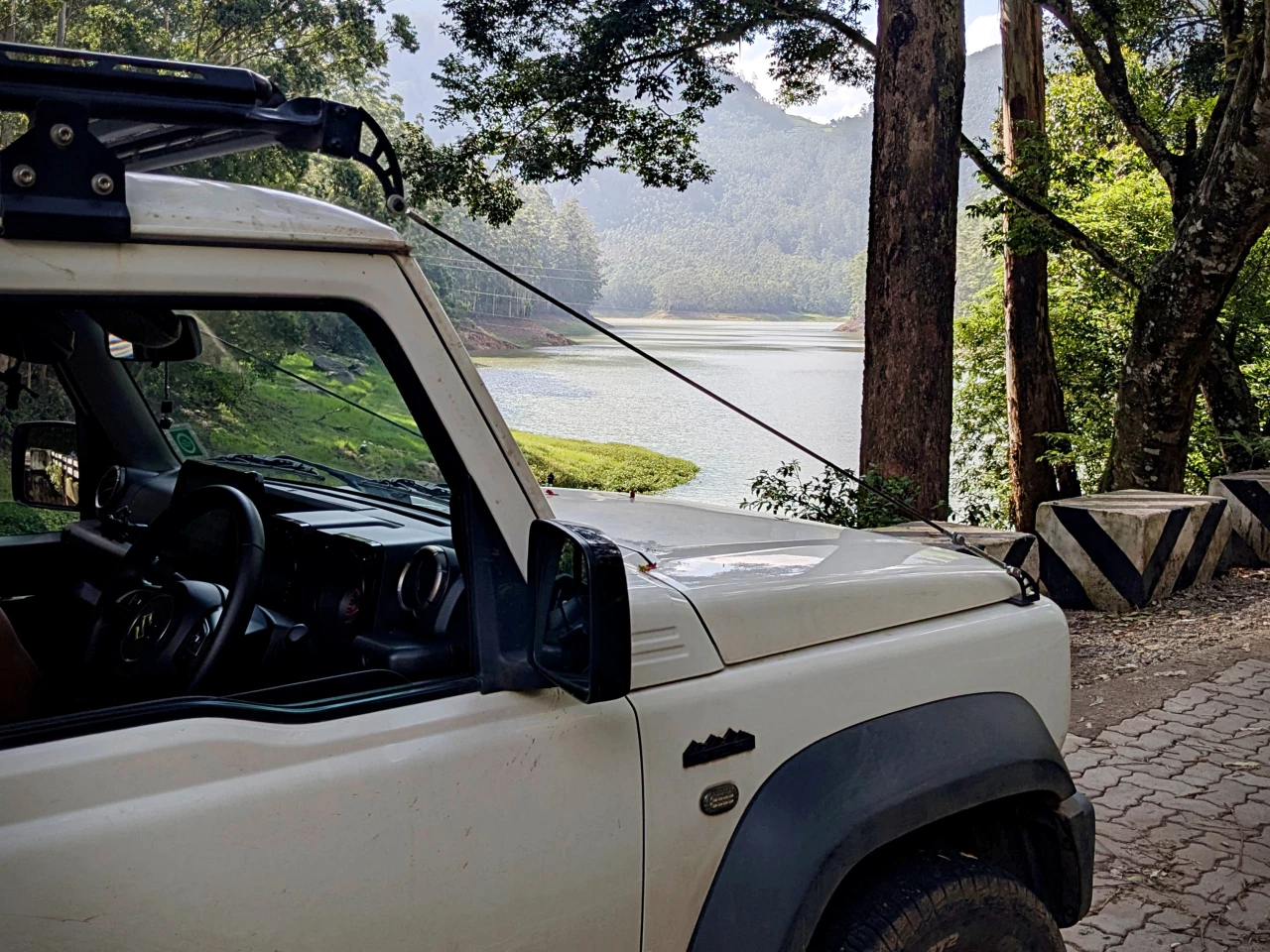
The Issues
But that’s not to say the car doesn’t have its shortcomings. First and foremost, it has an awful turning radius of 19 ft (5.7 m). Taking a U-turn in city traffic is frustrating and mildly humiliating. Then comes the real-world fuel economy of 25-30 mpg (9.4-7.8 L/100km) – not great for a 1.5-liter four-cylinder naturally-aspirated engine.
Lastly, the steering. With over four lock-to-lock turns, the electric power steering feels sluggish. It’s fine off-road but requires more input than usual on tarmac. It’s also heavier than you’d expect from a car this small.
Sure, it won’t intimidate anyone on the highway, and yes, you’ll have to plan your overtakes in advance, but other than that, I don’t think there’s much to complain about the Japanese off-roader. It makes for a terrific small-footprint vehicle for anyone starting their off-road or micro-overlanding journey.
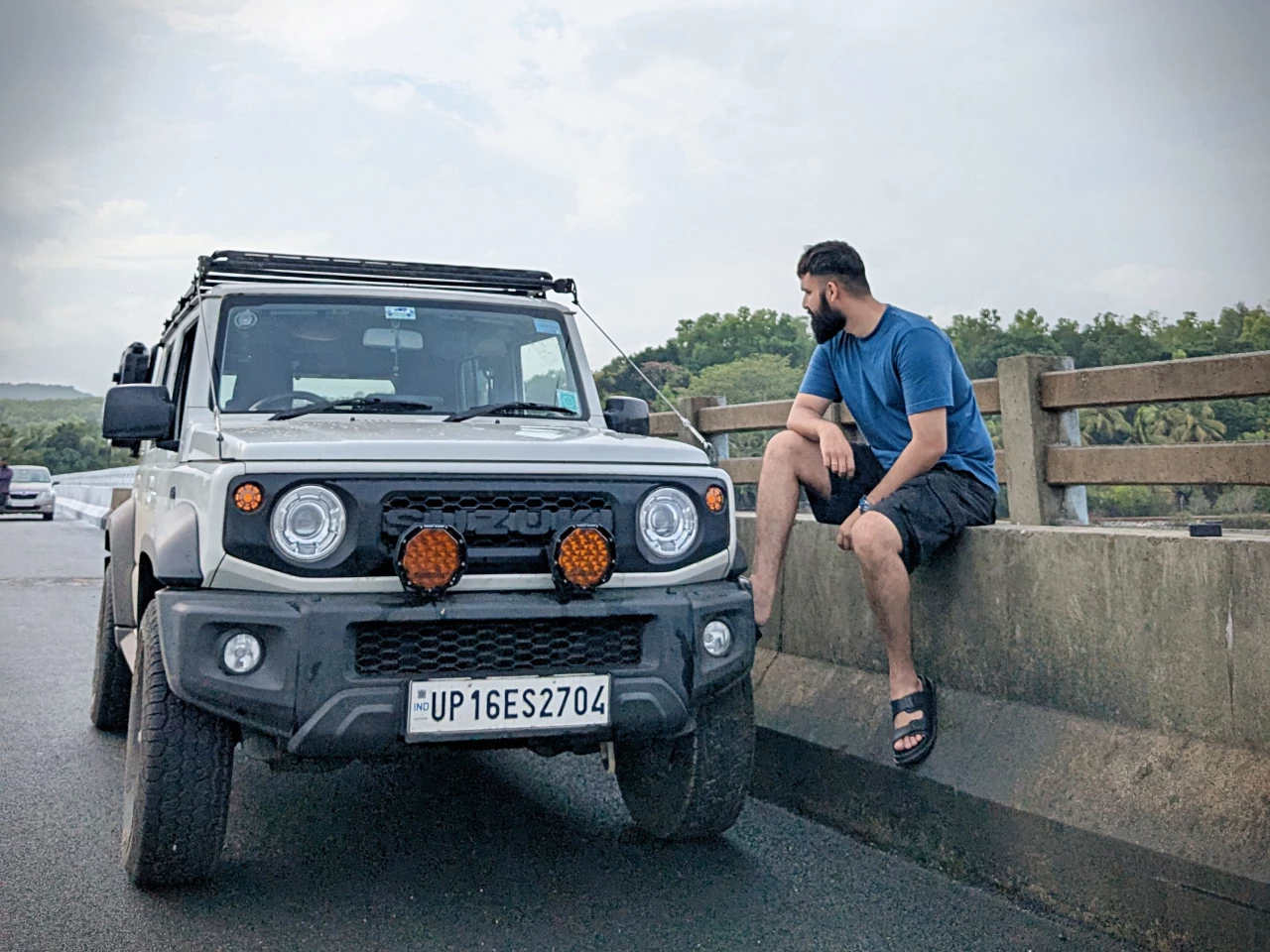
Final Thoughts
Which brings me to my main point. Overlanding as a culture has exploded of late. In the USA alone, the overlanding market has shown 19% annual growth with around 3.53 million overlanding participants.
And while the likes of the Toyota Land Cruiser, 4Runner, Jeep Wrangler, and Ford F-150 make for great choices in this space, the micro-overlanding segment in particular lacks some serious options. Sure, you have the Subaru Outback and the Honda Element as compact SUVs, but both of these are AWD as opposed to proper 4WD. This is a space the Jimny caters to really well, in my opinion.
It’s small, light, affordable, easy to maintain, and most importantly, reliable. Its mod-ability is the icing on the cake. Unfortunately, you're unlikely to see the latest generation of Jimny on the road in the US. That's because it doesn't meet US safety standards or emissions restrictions for its size category, and Suzuki apparently has no plans to get it up to code for a US release, which would obviously up the price. But given there does seem to be a gap in the market for such a vehicle, we'll never say never to a US release.












